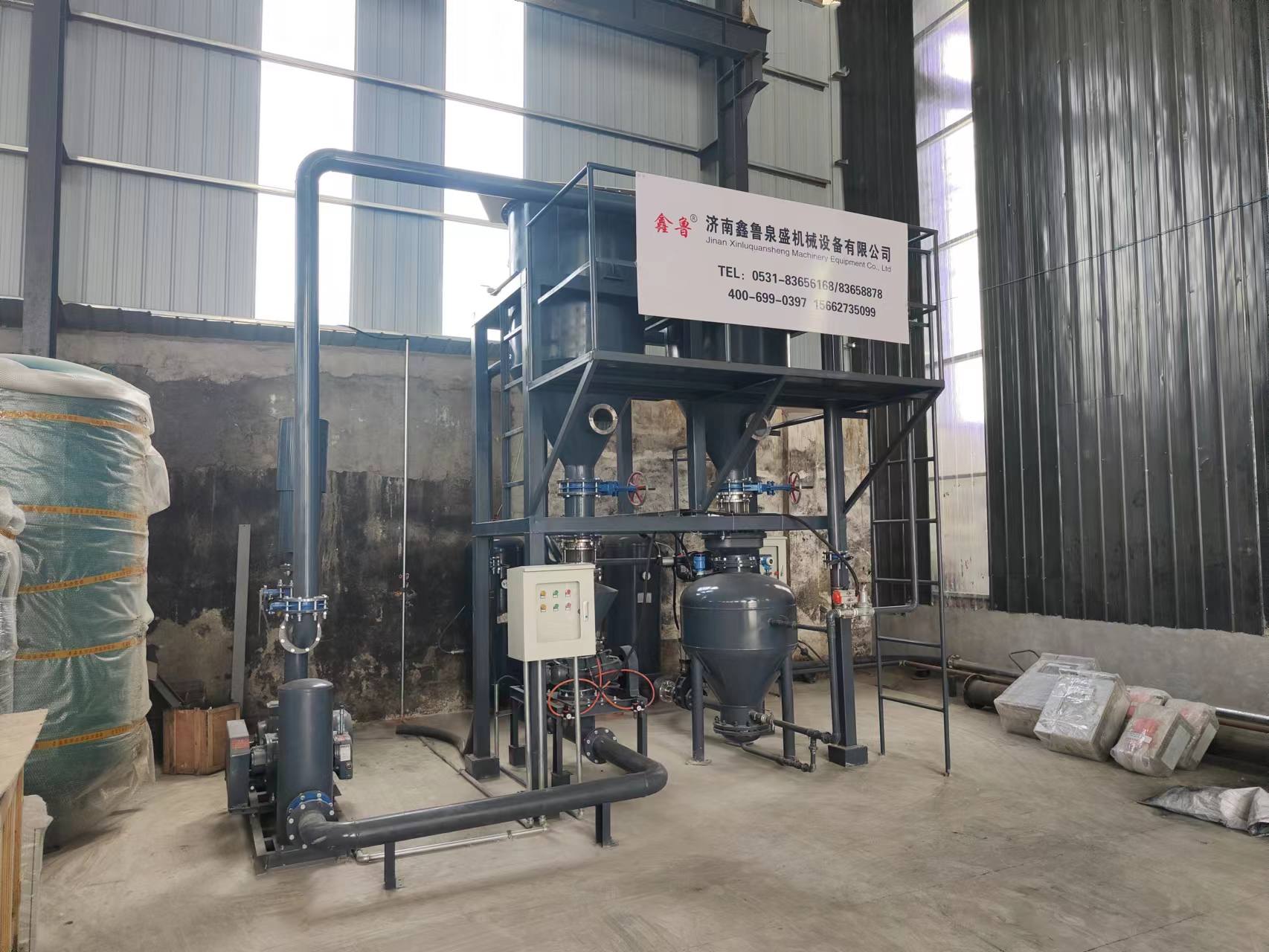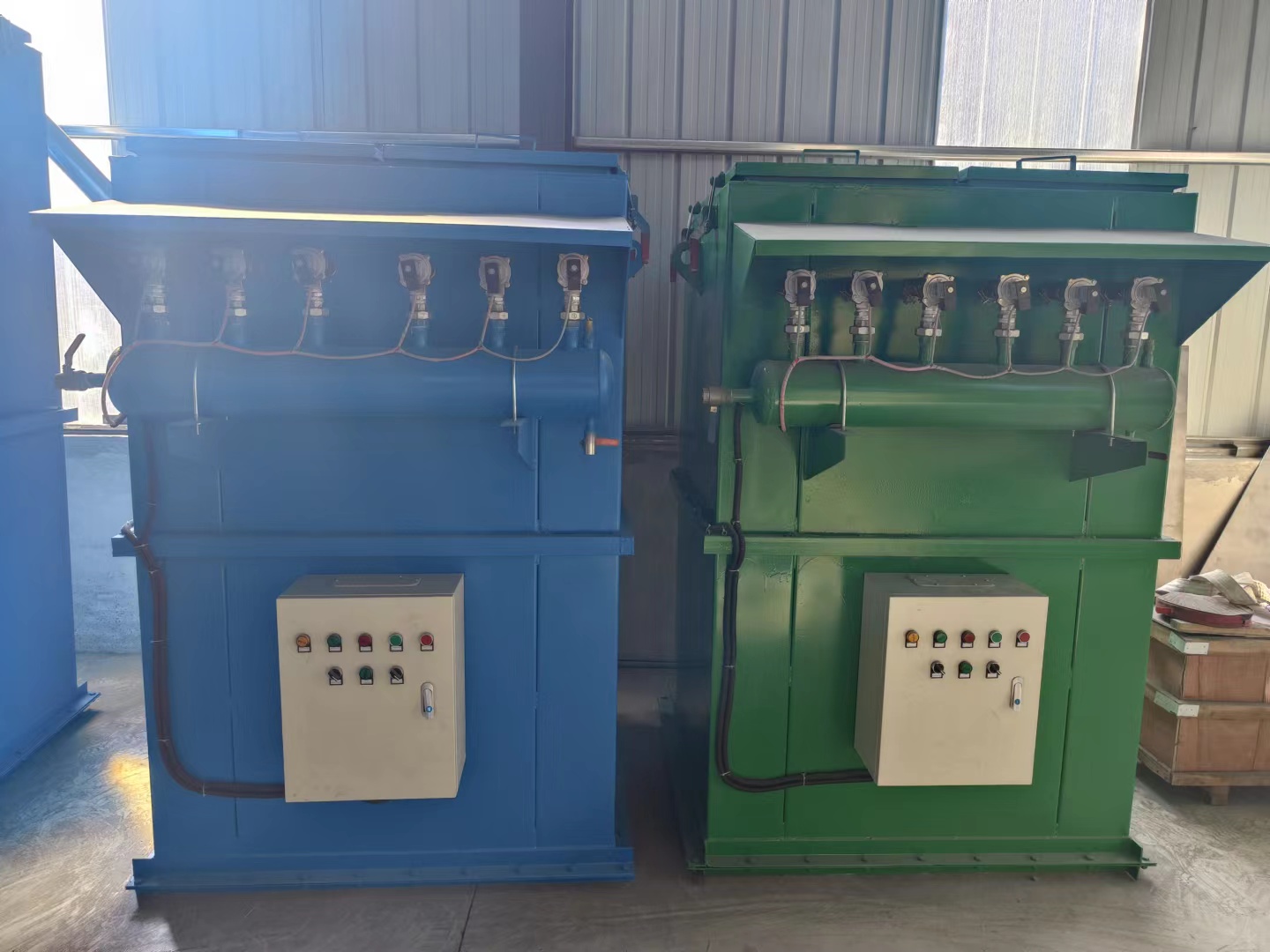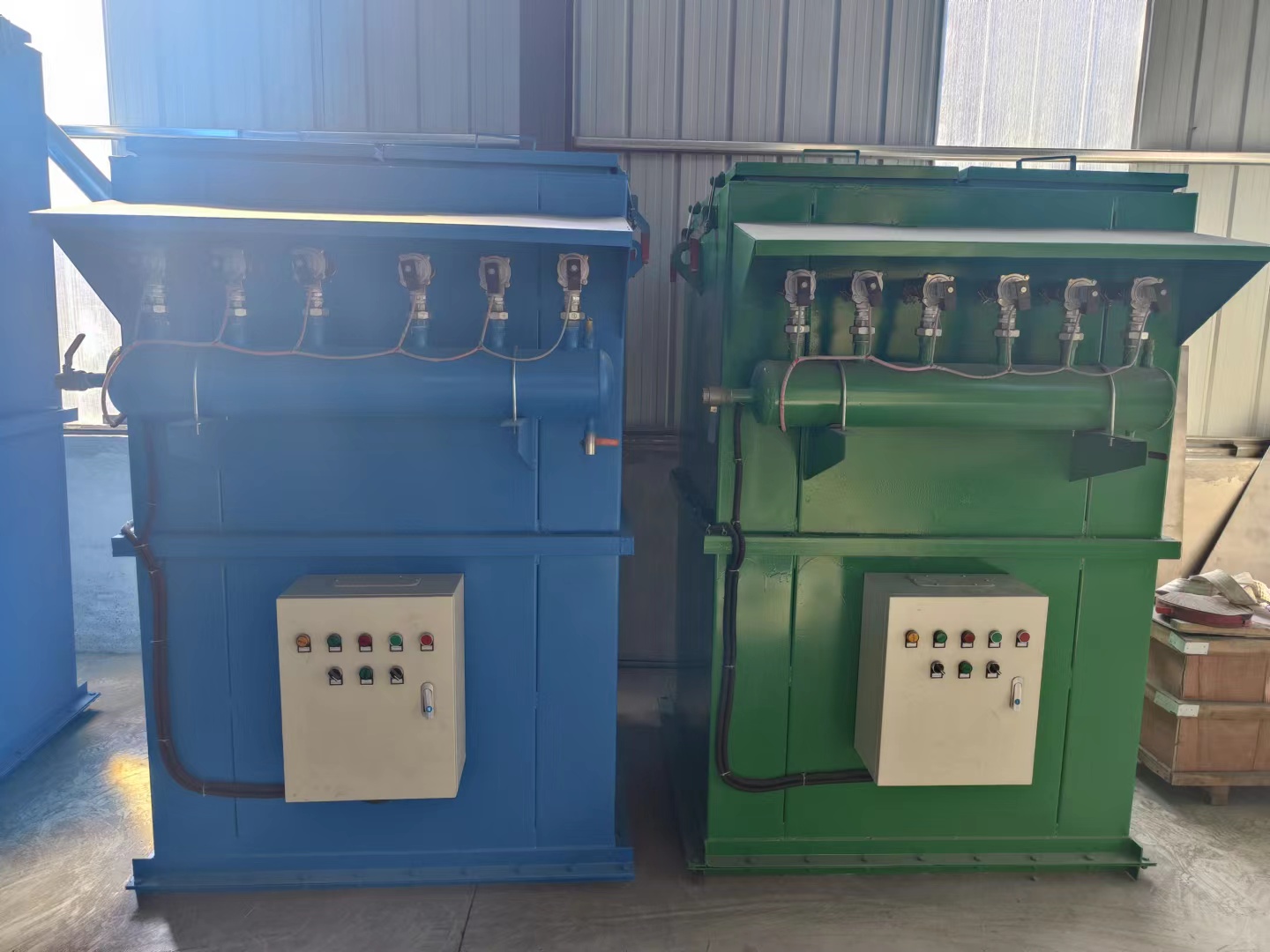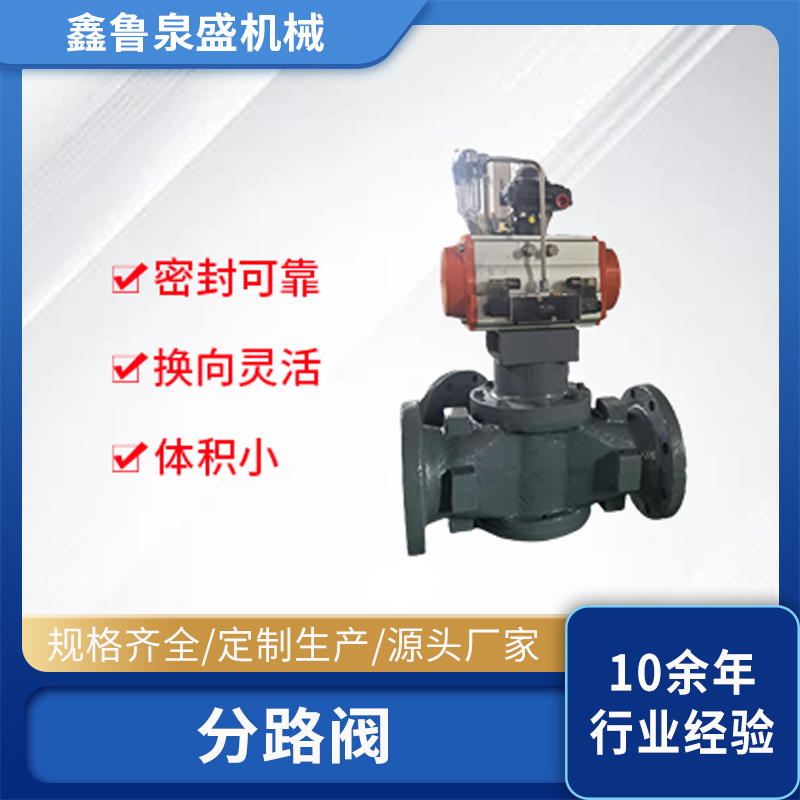 推荐消息更多>>
推荐消息更多>>负压气力输送的工作原理
- 来源:/ 日期:2024-05-23 发布人:创始人
负压气力输送通常用于将材料从多个来源集中到一个点。进料装置之间的压力差很小或没有,因此多点进料到共线几乎没有问题。因此,在负压系统中,进料装置可以比在正压系统中便宜得多,简单得多。负压通常用于将材料从存储容器、工艺设备、等多个来源输送到单个或多个目的地。真空负压气力输送系统是优秀的多个产品进口通过使用简单的分流阀;因为每个目的地都必须有过滤接收器,所以多个目的地的成本较高。
Negative pressure pneumatic conveying is commonly used to concentrate materials from multiple sources to a single point. The pressure difference between the feeding devices is small or non-existent, so there is almost no problem with multi-point feeding to collinearity. Therefore, in a negative pressure system, the feeding device can be much cheaper and simpler than in a positive pressure system. Negative pressure is usually used to transport materials from multiple sources such as storage containers, process equipment, etc. to a single or multiple destinations. The vacuum negative pressure pneumatic conveying system is an excellent product imported through the use of simple diversion valves; Because each destination must have a filtering receiver, the cost of multiple destinations is higher.
负压系统通常使用正排量抽风机,提供真空,通过管道将物料输送到目的地,空气和产品在带有过滤器或旋风分离器的接收容器中分离。产品直接进入输送线,如果需要计量,通过一个特殊的进料装置,如旋转阀或螺旋给料机。输送的产品从接收容器通过旋转气闸连续排放,或通过阀门间歇排放到料斗、储存容器或其他卸料点。
Negative pressure systems typically use positive displacement exhaust fans to provide vacuum, transport materials to their destination through pipelines, and separate air and products in receiving containers with filters or cyclone separators. The product enters the conveyor line directly, and if measurement is required, it is fed through a special feeding device, such as a rotary valve or a screw feeder. The transported products are continuously discharged from the receiving container through rotary air locks, or intermittently discharged to the hopper, storage container, or other discharge points through valves.

在真空输送中,没有运动部件与物料接触,也没有粉尘逸入大气。由于这种优越的防漏性能,它们通常在清洁的基础上进行指定,特别是在处理易燃或有毒材料时。负压输送系统的缺点是,如果负荷高或系统长度大,组件必须设计为高真空。这增加了组件的成本,在比较运输方式时必须考虑到这一点。真空输送系统特别适用于在中等距离上从多个点到单个目的地输送低到中等容量的材料的系统。
In vacuum conveying, there is no contact between moving parts and materials, and no dust escapes into the atmosphere. Due to their superior leak proof performance, they are usually specified on a clean basis, especially when dealing with flammable or toxic materials. The disadvantage of a negative pressure conveying system is that if the load is high or the system length is large, the components must be designed for high vacuum. This increases the cost of components, which must be considered when comparing transportation methods. Vacuum conveying systems are particularly suitable for conveying materials of low to medium capacity from multiple points to a single destination over medium distances.
负压气力输送系统的工作原理是将悬浮在空气中的粒子从一个位置转移到指定位置的过程。空气悬浮颗粒以较低的压力连续传输,鼓风机固定在系统的启动处,以提供大量的空气。这里鼓风机作为一个动力源连接到管道,旋转阀将物料送入管道。一旦材料进入,鼓风机产生空气将颗粒推到另一个目的地。
The working principle of negative pressure pneumatic conveying system is the process of transferring particles suspended in the air from one position to a specified position. Suspended air particles are continuously transported at lower pressure, and the blower is fixed at the starting point of the system to provide a large amount of air. Here, the blower serves as a power source connected to the pipeline, and the rotary valve sends the material into the pipeline. Once the material enters, the blower produces air to push the particles to another destination.
本文由 负压气力输送 提供技术支持,更多的详细精彩内容请点击我们的网站 我们将会全心全意为您提供满意的服务。
This article is supported by negative pressure pneumatic conveying technology. For more detailed and exciting content, please click on our website We will wholeheartedly provide you with satisfactory service.
- 上一篇: 闭风器的工作原理
- 下一篇: 仓顶除尘器的使用如何创造价值?










 扫码微信沟通
扫码微信沟通